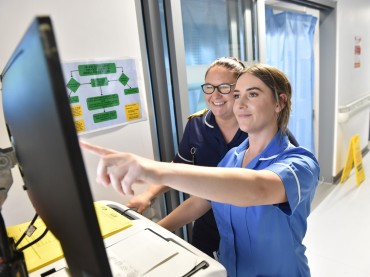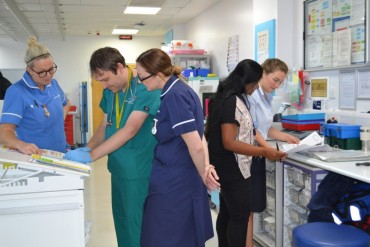Introduction
A febrile convulsion or fit can be a very distressing thing for a parent to see. To help you understand what is happening, we have put together this leaflet to give you the information you need, and advice on what to do should your child have another fit.
A febrile convulsion is usually caused when the body temperature of the child rises very fast, usually when the child has an illness.
This happens commonly in children between the ages of 6 months and 5 years.
A febrile convulsion can be very alarming to see, especially when it is the first time it happens. They will not cause damage to the brain.
• Try to stay calm.
• Stay with your child until the fit stops.
• Keep the area around the child clear and place them on their side.
• Don’t try and restrict their movement.
• Don’t put anything in their mouth.
• Time how long the fit lasts. Most should stop within 5 minutes
You should have your child checked by a healthcare professional as soon as possible after the fit stops.
You should phone 999 if the fit lasts longer than 5 minutes.
Whilst it can be advisable to use Paracetamol and Ibuprofen to keep your child comfortable when they are unwell, these medicines will not prevent a febrile convulsion.
Most children who have a febrile convulsion will not have a further one, but 1 in every 3 children will experience another, either in the same illness or in a different one.
Most children will grow out of them by 5 years old.
Having a febrile convulsion does not mean your child has epilepsy and does not mean your child will go on to develop epilepsy.
If your child has another febrile convulsion at home which quickly resolves, inform your GP.
If you are concerned, your child can be seen in the children’s emergency department.



